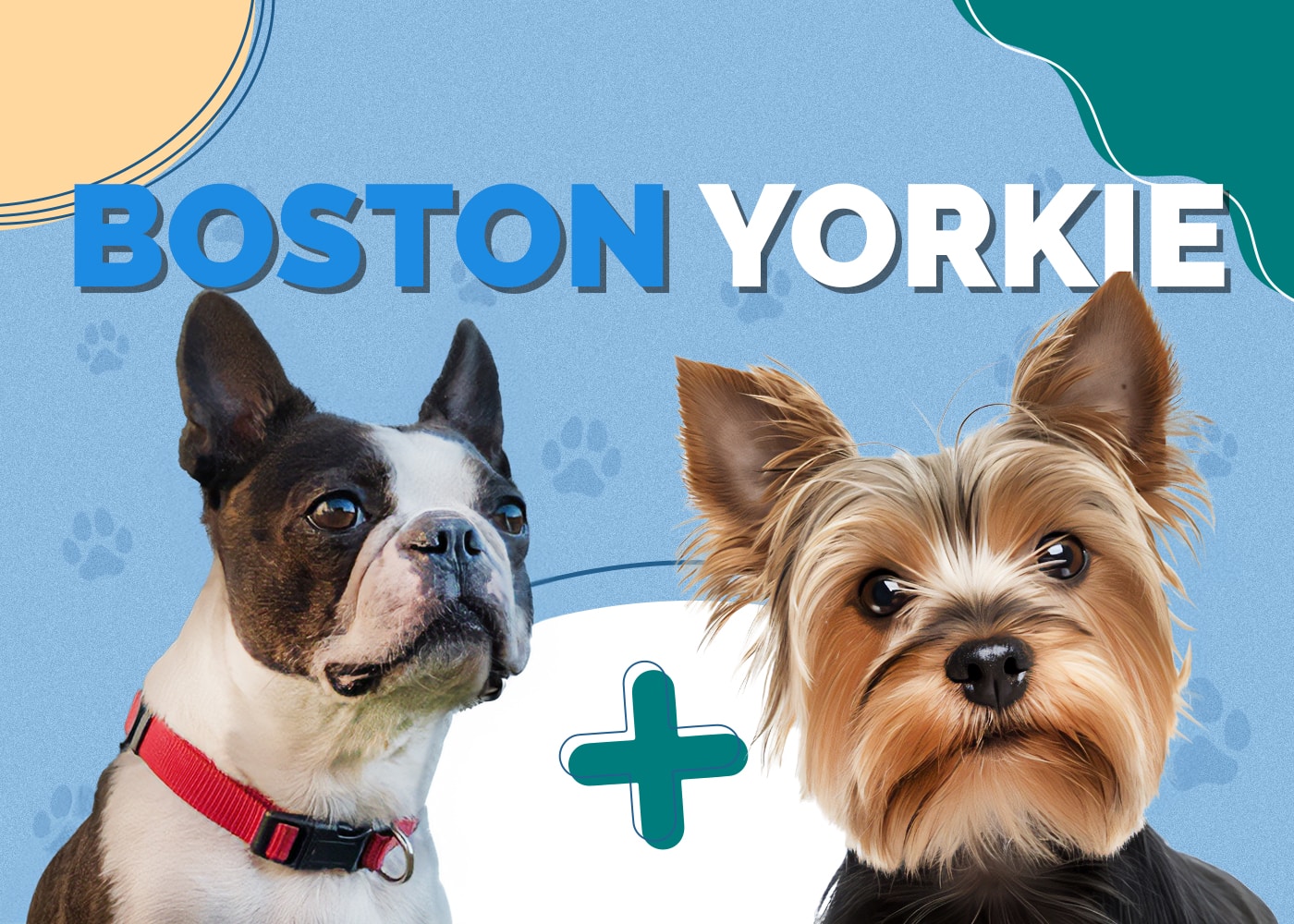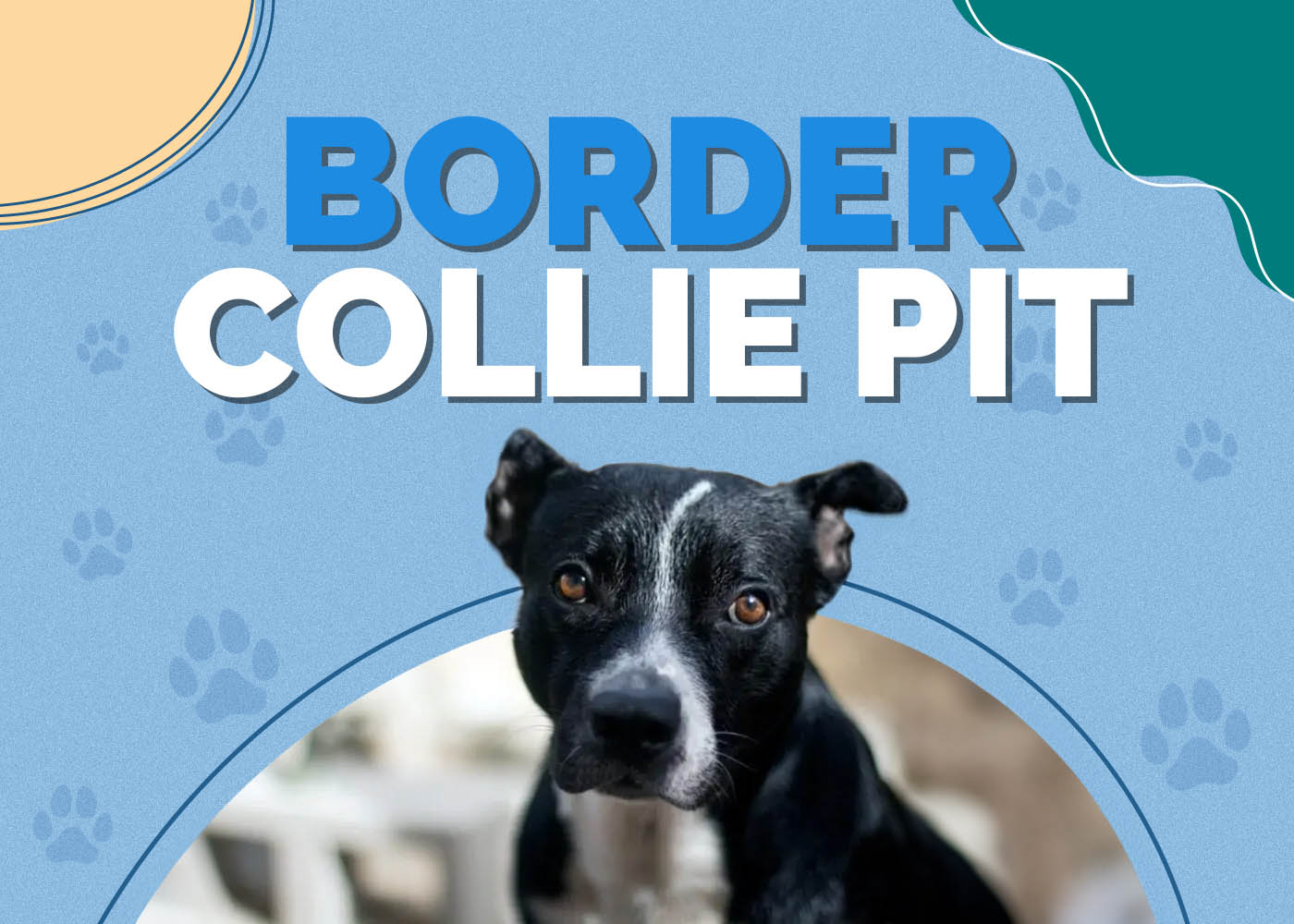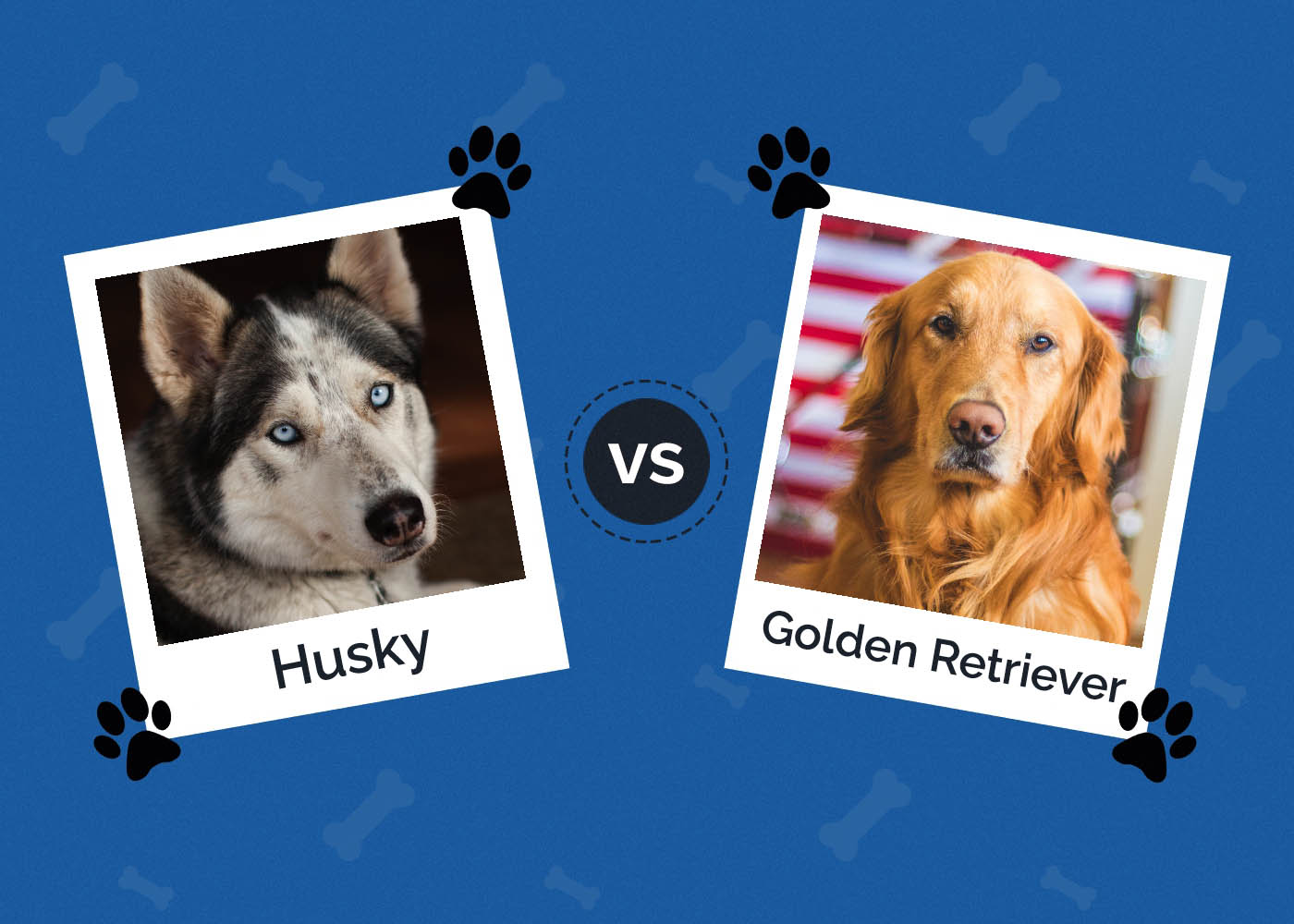Papillon Pug Mix: Breed Info, Pictures, Traits, Facts & Personality

Updated on
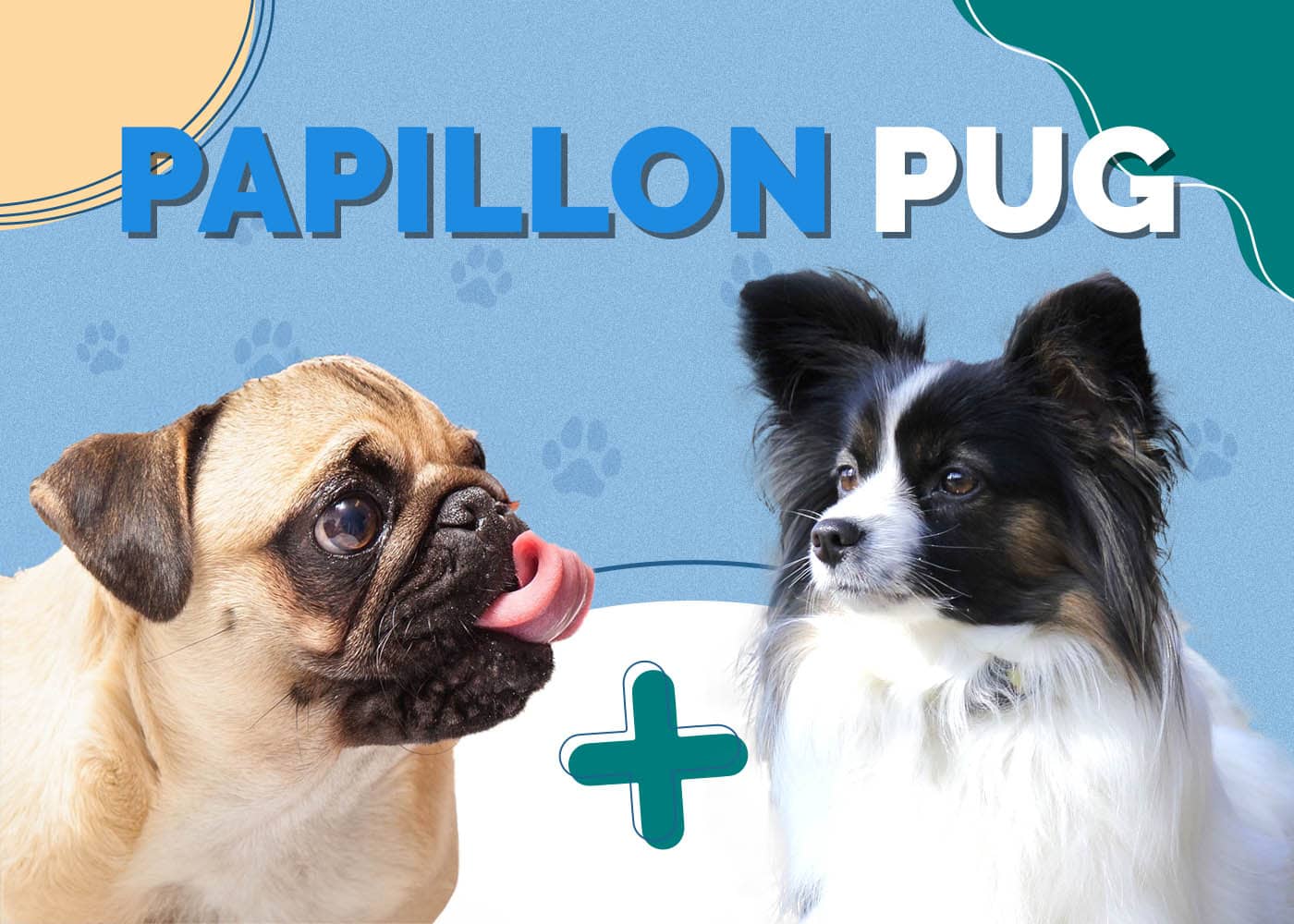
Height:
7-10 inches
Weight:
7-17 pounds
Lifespan:
10-15 years
Colors:
Black, silver, white, sable, red, fawn
Suitable for:
Families, seniors, and singles
Temperament:
Affectionate, outgoing, energetic
The Papillon Pug is a designer dog that results from a hybrid cross between a purebred Pug and a Papillon. Other common names for this hybrid include the Pugillon and the Pugion. These dogs were initially bred as lap dogs, and both have affectionate sides, ready to be pampered and preened.
The Papillon Pug can inherit a wide variety of traits from either of their parents. There is not yet a standardization for this breed. That means one can look different than another, even among pups in the same litter. It is easier to guess at what their personalities will be like than their physical appearances.
 Papillon Pug Puppies
Papillon Pug Puppies
Papillon Pugs have yet to become a popular hybrid dog. It is quite difficult to find a breeder for them specifically. Equally so, it can be a challenge to track down what their price will be. Since there is no set standard for breeders to follow, each one can choose a vastly different spectrum.
However, as is the case for any hybrid dog, you can guesstimate their cost by looking at the parent dogs’ average prices and approximately halve their price. The price of a Papillon Pug will probably be around half or less of one of their purebred parents’ price.
When you find a breeder for this hybrid, make sure to vet them properly to know how they treat their dogs. You do not want to adopt from someone who doesn’t raise their dogs in a healthy environment. Ask them to give a tour of their facilities. They should be willing to let you into any area where they allow their dogs.
Beyond that, ask to see the vet records and registration papers for the parent dogs for your puppy. The registration papers can help prove the legitimacy of your puppy’s genetics. The vet records give you a clue as to what health issues to watch for as your dog grows older.
3 Little-Known Facts About the Papillon Pug
1. The Pug is an ancient breed originating from China.
The Pug is one of the oldest breeds that is still around today. They were initially developed sometime between 200 A.D. and 200 B.C. They have been lap dogs to the “rich and famous” of the Chinese dynasties from their very beginning. They were owned by all the richest families and often had their own guards and small homes.
These little dogs were owned by China noblemen and set down long-lasting roots with Tibetan monks. They helped guard and be the companions for monks in remote areas of the mountains.
Around the 16th century, Pugs were exported by the Dutch as they began to open up trade routes with the Chinese. They quickly established themselves as the dogs of royalty in Europe and were favorite pets to many prominent people in history. Some of these include Josephine Bonaparte, the wife of Napoleon, and the Prince of Orange.
Pugs were first introduced into the United States right after the Civil War. They became one of the first breeds recognized by the AKC. The club recognized the breed in 1885.
2. Papillons were painted by master artists of history, including Rubens, Rembrandt, and Van Dyke.
Papillons have also always been lap dogs, or at least since the beginning of our recorded histories of them. They are a Spaniel-type dog initially developed by the French, hence their French name meaning “butterfly.” The name stuck because of the way the hair around their ears fans out to form a shape like butterfly wings.
Although French originally, the Papillons became even more beloved in Spain and Italy. Throughout all of these countries, the dogs have been held in the highest regard. They were kept as companions for the wealthy.
Since they have been much-loved pets for so many years, they were included in many portraits and paintings from rich families or owners. This is how they found their way into famous paintings by master artists like Rubens, Rembrandt, and Van Dyke.
Papillons came to American shores much later than Pugs. They first made their way westward in the early 20th century and gained recognition by the AKC shortly afterward in 1915.
3. Papillon Pugs suffer from separation anxiety if they are left alone for too long.
Both Papillons and Pugs have been bred for centuries upon centuries to make the perfect lapdog. They are meant to love and adore whoever their owner is and spend all their time with them.
It is no wonder, then, that most dogs that are crossed with either one of these parents can suffer from separation anxiety. It is even less of a surprise that with their combination, the Papillon Pug puppies cannot be left alone for too long without suffering emotionally.
If you adopt one of these dogs, you need to ensure that you have plenty of time and love to give them. These are not the type of dogs that can be left at home for most of the day.
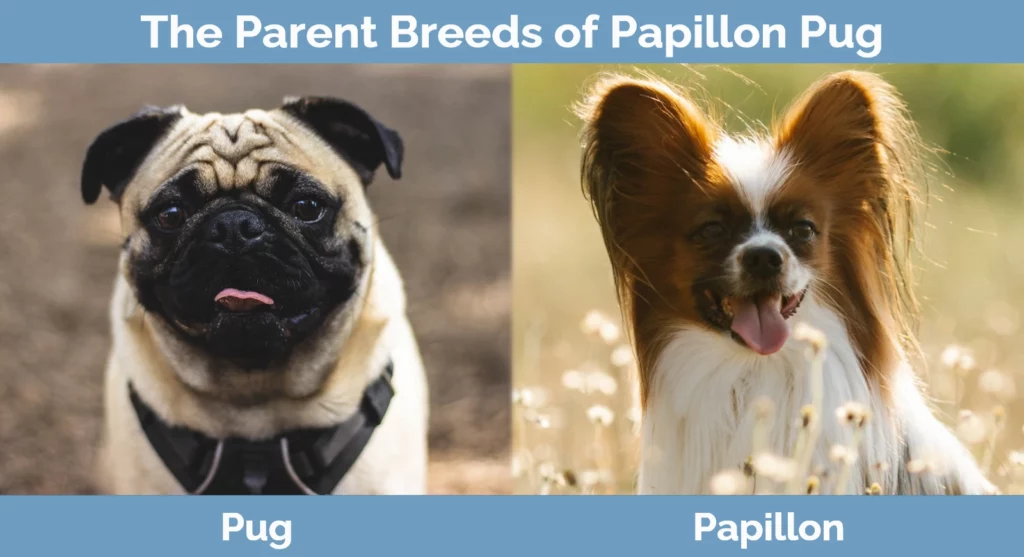
Temperament & Intelligence of the Papillon Pug 🧠
The Papillon Pug is a sweet-hearted dog that enjoys nothing more than time spent with their family. They tend to bond quickly and readily, often identifying more with one person in particular over the other members. They will always be at ease with just about anyone, though.
The Papillon Pug does inherit intelligence from both of their parents. Papillons are known for their smarts and wit, being rather mischievous at times. Although Pugs might not look like the smartest dog, they still stand out from the crowd. However, they also have quite a strong, stubborn streak that can make certain training sessions more difficult.
Are These Dogs Good for Families? 🏡
These dogs do make a good match for most families, although they are smaller and should be handled carefully. If you have small children, teach them how to interact with the dog appropriately, so they don’t end up hurting each other.
Does This Breed Get Along With Other Pets? 🐶 😽
Neither the Papillon nor the Pug tends to be expressively territorial. They do prefer to get your attention and might not appreciate another animal encroaching on that time with you. However, by socializing them early on, they generally behave quite well around other dogs and animals such as cats. Neither one of them have strong hunting instincts, so their prey drive is low.
 Things to Know When Owning a Papillon Pug
Things to Know When Owning a Papillon Pug
Food & Diet Requirements 🦴
The Papillon Pug is a very small dog, often classed as a Toy. They are not that energetic and do not tend to need much exercise. This means their metabolism stays relatively low and so does their appetite.
Papillon Pugs should only need about half a cup of food each day. Even though this is a seemingly small amount, it is still better to give them half in the morning and half in the evening. It helps balance their digestive system and keep them regular.
If your pup inherits the brachycephalic face of a Pug, it will help to get them a small kibble size, as they may have difficulty grabbing and chewing kibble that is separated into larger pieces.
Exercise 🐕
The Papillon Pug, or Pugillon, is a low-energy dog. That means that they do not need to be taken out for long periods of exercise. If they inherit their Pug parent’s mushed-in face, they shouldn’t engage in intense activity because they will experience difficulty breathing.
You can take your Papillon Pug out on multiple walks each day, trying to keep them active for about half an hour. Aim to hit somewhere between 3-8 miles at the end of each week. Getting enough exercise is a good way to stop your pup from struggling with obesity and further health problems.
Training 🦮
Training the Papillon Pug can be a moderate challenge. Even though they love their family and want to please them more than anything, they also have a stubborn streak. The Pug parent especially can pass along pickier traits that may make this hybrid difficult to potty train.
The trick with these pups is to be affirming and persistent. Be more stubborn and firm than they are, and they will eventually decide that your way is easier. Reward them with positivity because they want to know that they made you happy.
Grooming ✂️
Grooming the Papillon Pug mostly depends on which parent they favor in terms of physical appearance. If they get the fluffier, longer fur from the Papillon, they need to be brushed more often to keep the fur from matting.
If the Papillon Pug inherits the Pug’s coat, they will be much easier to maintain. They should be brushed with a rubber brush to limit the amount of hair that they shed. Otherwise, you don’t have to worry about knots or mats.
Beyond grooming their coats, you should also pay attention to their nails, ears, and teeth. Keep their nails trimmed so you do not hear them clicking on the floor. Since these little dogs will not get much exercise, their nails will not wear down naturally.
Whether the ears stand erect or drooping depends on which parent’s physical traits these little dogs favor. Either way, clean them out with a soft cloth once a week to eliminate any excess moisture and gathered debris. Brush their teeth at least once a week to prevent tartar buildup.
Health and Conditions ❤️
Pugs suffer from a variety of health conditions, many of them caused by the shape of their face. Breeding them with a Papillon often helps reduce the likelihood of them suffering from these conditions. However, it is always worth taking them to the veterinarian for their annual appointments.
- Distichiasis
- Glaucoma
- Cataracts
- Atopic dermatitis
- Von Willebrand’s disease
- Brachycephalic syndrome
- Allergies
- Hip dysplasia
- Hypothyroidism
- Mitral valve disease
- Legg-Calve-Perthes disease
- Liver shunts
 Male vs. Female
Male vs. Female
There are currently no recognizable differences between males and females in this breed. Regardless of which sex you get, it is important to spay or neuter your dog. This will of course prevent litters of puppies, but can also reduce the risk of certain types of cancers as well as reduce unwanted behaviors associated with mating.
 Final Thoughts
Final Thoughts
The Papillon Pug is an excellent alternative for those who love the looks and temperament of a Pug but are looking for a healthier dog. Since they are alike in many ways, the Papillon Pug puppies will not vary greatly from the general behavior of their parents.
Papillon Pugs make wonderful choices for a family dog, as well as for singles and seniors. If you want an active dog that can adventure with you, these little guys don’t quite cut it. Instead, they will be happily waiting at home, ready to give you cuddles and love.
See also:
- 28 Pug Mixed Breeds: An Overview (With Pictures)
- Pug Pit (Pitbull & Pug Mix): Info, Pictures, Characteristics & Facts
Featured Image Credit: Pixabay
 Papillon Pug Puppies
Papillon Pug Puppies
 Things to Know When Owning a Papillon Pug
Things to Know When Owning a Papillon Pug Male vs. Female
Male vs. Female